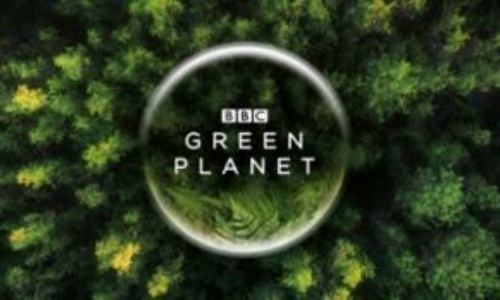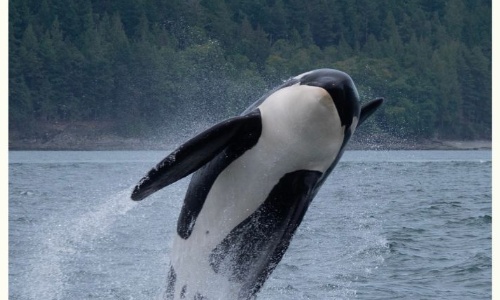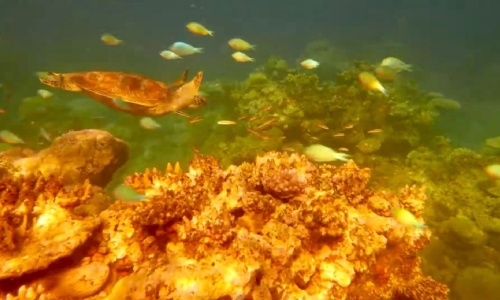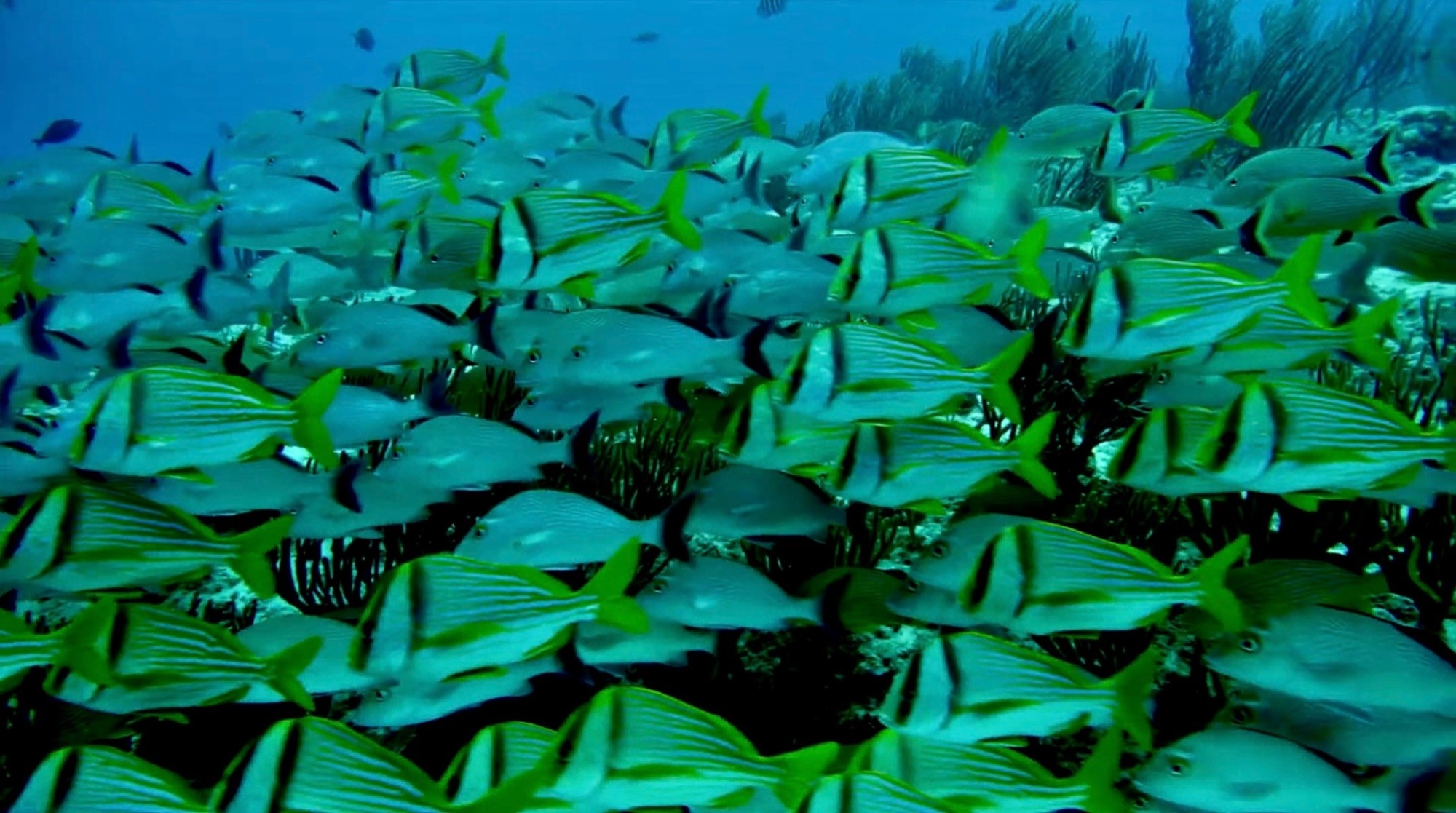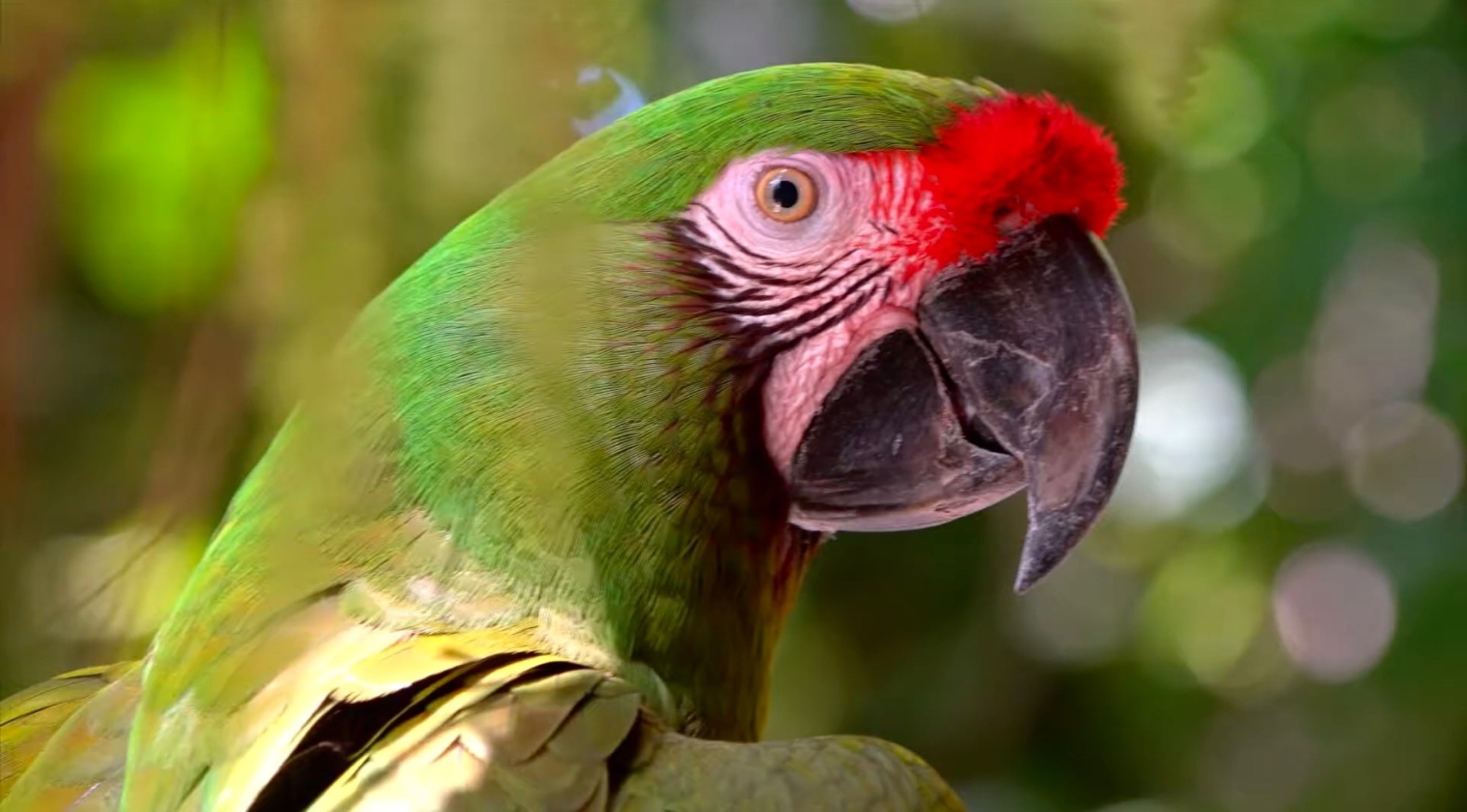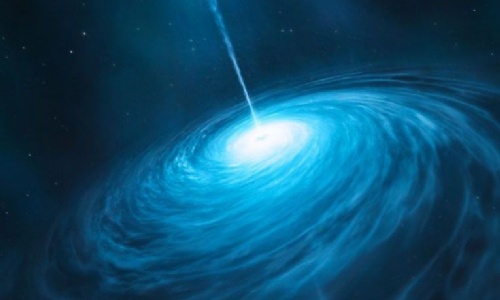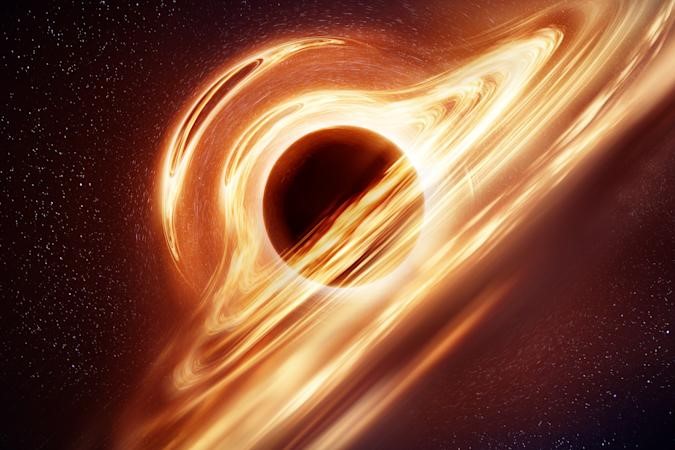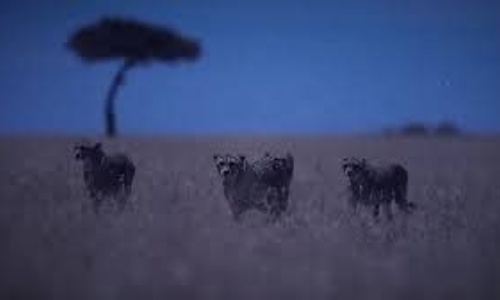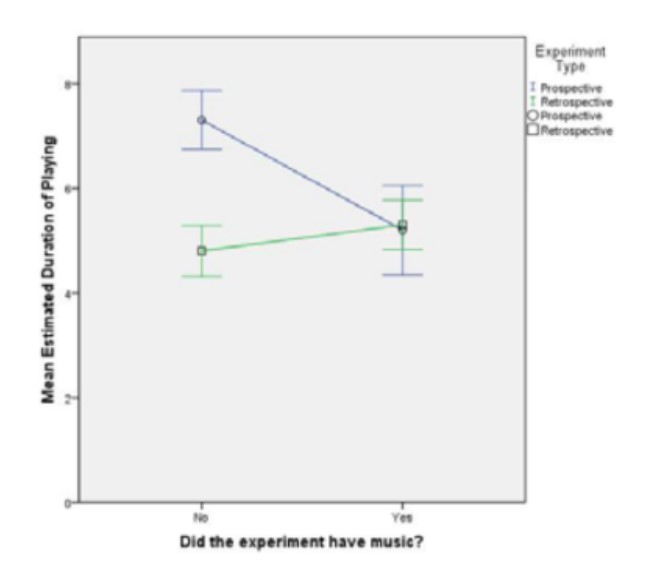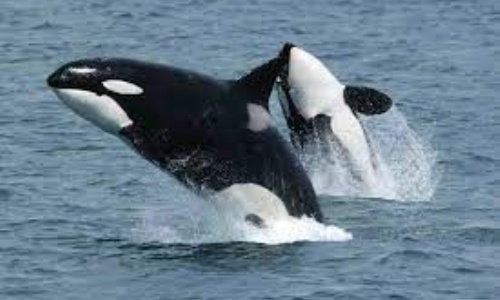(BBC) The Green Planet ~ Episode 1 Review
5/5 Stars 
The Green Planet is a documentary series presented by David Attenborough. There are 5 episodes which each focus on a different ecosystem and the plants within it. I chose to start from the beginning and watch episode 1, which is about tropical rainforests.

As can be inferred from the name, Green Planet mainly focused on the plants within ecosystems. While it also mentions the animals which depend on said plants, the documentary aims to show the rainforest “from the plants’ perspective”. The introduction claims that this is one of the first documentaries to do this.
While several other documentaries on plants have been made, including some by Attenborough, this one is different in that it used new filming techniques. Breathtaking time-lapse shots show the rainforest plants growing at speeds which are clearly visible to the viewer. The groundbreaking technique here is the use of filming setups called ‘triffids’ which slowly move as the time-lapse is being taken. This adds motion to the time lapses similar to shots from a drone, but at a far more manageable speed for footage which is sped up to the point that you can see the plants growing. The triffids, how they work and how they were used, are clearly explained in the last 10 minutes of the documentary.
As claimed, the filming techniques offer an entirely new perspective on the seemingly benign plants to which we owe our lives and. We often see plants as stationary or very slow-moving objects, which do very little of visible interest. However, the time lapses reveal that this is far from the case, particularly in the ‘battlefield’ that a tropical rainforest really is for a plant. In these rainforests plants fight for sunlight, which is difficult to access until you reach the canopy which is around 10 metres above ground. Being able to see the plants move and grow over time, fighting for their place in the canopy, really brings them to life (no pun intended) and showed me just how competitive of an environment the rainforest really is.
The first episode of green planet covers several different plants, such as the balsa tree and the world’s largest flower, as well as the animals and fungi which depend on them. Attenborough manages to make every second of the hour-long documentary entertaining and finishes with a powerful message about the importance of protecting our rainforests, the impacts of deforestation and the efforts being made to conserve and recover lost rainforest.
All five episodes of Green Planet are on BBC iPlayer and if the subsequent four are anything like the first one then they are all very much worth a watch.
Sam Bowering, Year 10

